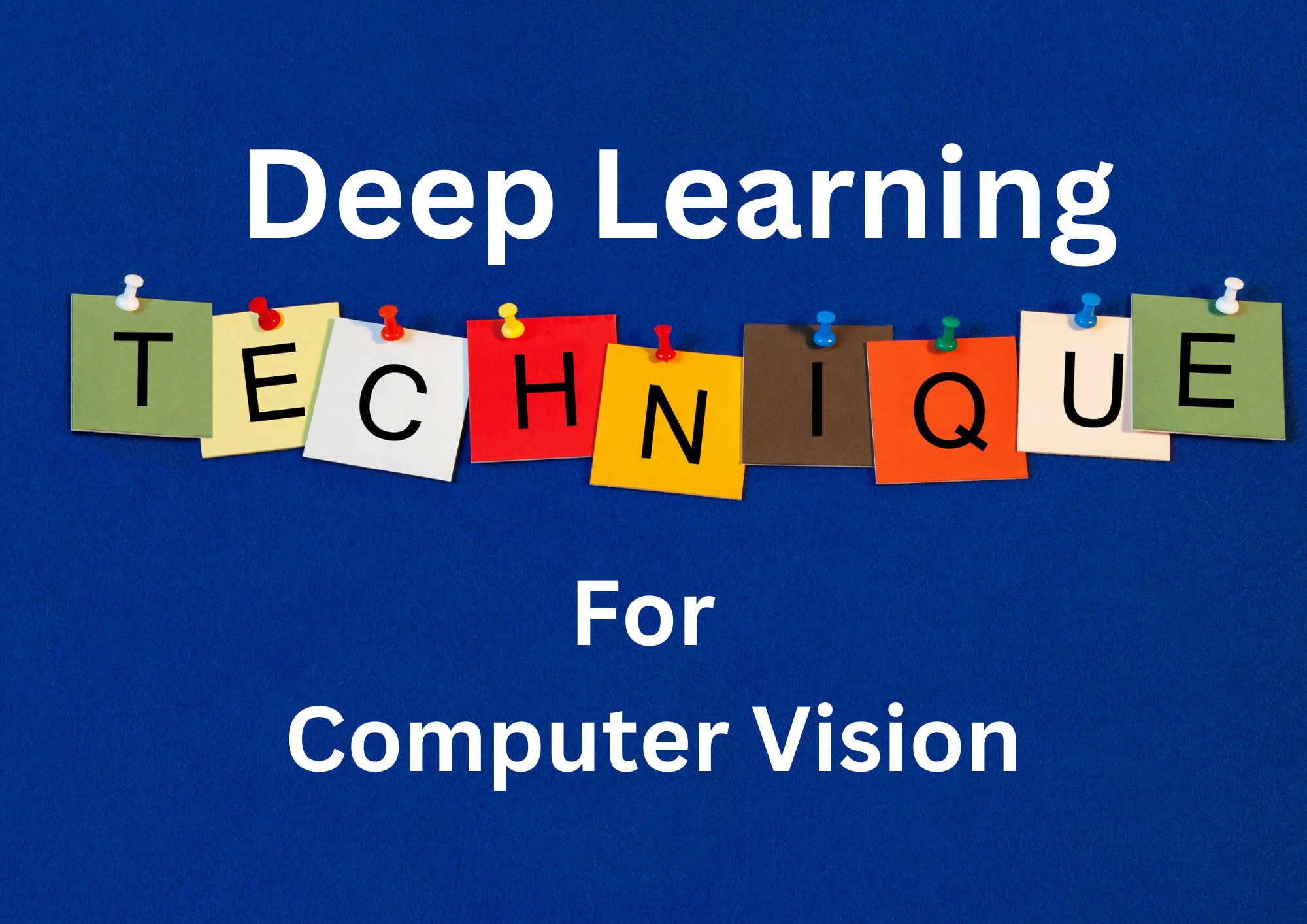 Introduction: Why Deep Learning Matters for Computer Vision Applications
Introduction: Why Deep Learning Matters for Computer Vision Applications
In recent years, deep learning has taken the world of artificial intelligence (AI) by storm, with advancements in this field proving to be a game-changer for computer vision applications.
With an emphasis on data-driven techniques, deep learning algorithms have unlocked new possibilities, enabling machines to understand, analyze, and interpret visual information like never before.
In this article, we’ll explore the pivotal role of deep learning in computer vision, discuss convolutional neural networks, and delve into real-life examples and code snippets.
 Deep Learning in Computer Vision: The Core Techniques
Deep Learning in Computer Vision: The Core Techniques
Deep learning, a subset of machine learning, leverages artificial neural networks (ANNs) to identify patterns in data.
These networks mimic the human brain’s structure and function, allowing machines to “learn” from data and make predictions.
In computer vision applications, deep learning techniques have surpassed traditional methods in accuracy and performance, enabling systems to recognize objects, track movements, and even generate images.
One such deep learning technique is convolutional neural networks (CNNs), which have become the go-to method for image recognition tasks. Let’s dive deeper into the world of CNNs.
 Convolutional Neural Networks: A Backbone for Image Recognition
Convolutional Neural Networks: A Backbone for Image Recognition
Convolutional Neural Networks (CNNs) are a specialized type of deep learning architecture designed to process grid-like data, such as images.
CNNs excel at detecting patterns and features in images, making them ideal for computer vision applications. The core components of CNNs include:
- Convolutional layers: These layers apply filters to the input image to detect features like edges, corners, and textures.
- Pooling layers: Pooling layers reduce the spatial dimensions of the input, making the network more computationally efficient.
- Fully connected layers: At the end of the network, fully connected layers combine the extracted features to classify the image into distinct categories.
 Real-Life Computer Vision Applications: Powered by Deep Learning
Real-Life Computer Vision Applications: Powered by Deep Learning
Deep learning techniques have paved the way for various groundbreaking computer vision applications, including:
- Image classification: Systems like Google Photos use deep learning to automatically recognize and categorize images.
- Object detection and tracking: In self-driving cars, deep learning enables the detection and tracking of objects like pedestrians, other vehicles, and traffic signs.
- Facial recognition: Social media platforms and security systems employ deep learning to accurately identify and verify faces in images or video streams.
- Medical imaging: Deep learning has transformed medical imaging, aiding in tasks like tumor detection, diagnosis, and treatment planning.
 Building a Computer Vision Model: Getting Started
Building a Computer Vision Model: Getting Started
To give you a taste of how deep learning and CNNs can be applied to computer vision tasks, here’s a simple example using Python and the TensorFlow library:
import tensorflow as tf
from tensorflow.keras import layers, models
# Define a simple CNN model
model = models.Sequential([
layers.Conv2D(32,(3, 3), activation='relu', input_shape=(32, 32, 3)),
layers.MaxPooling2D((2, 2)),
layers.Conv2D(64, (3, 3), activation='relu'),
layers.MaxPooling2D((2, 2)),
layers.Conv2D(64, (3, 3), activation='relu'),
layers.Flatten(),
layers.Dense(64, activation='relu'),
layers.Dense(10, activation='softmax')
])
# Compile the model
model.compile(optimizer='adam',
loss=tf.keras.losses.SparseCategoricalCrossentropy(from_logits=True),
metrics=['accuracy'])
# Load and preprocess the dataset (e.g., CIFAR-10)
(train_images, train_labels), (test_images, test_labels) = tf.keras.datasets.cifar10.load_data()
train_images = train_images / 255.0
test_images = test_images / 255.0
# Train the model
model.fit(train_images, train_labels, epochs=10, validation_data=(test_images, test_labels))
# Evaluate the model
test_loss, test_acc = model.evaluate(test_images, test_labels, verbose=2)
print(f'Test accuracy: {test_acc}')This code snippet demonstrates how to create a simple CNN model for image classification using TensorFlow, preprocess the data, train the model, and evaluate its performance.
While this is just a basic example, it illustrates the power of deep learning and convolutional neural networks in computer vision applications.
 Conclusion: Deep Learning and the Future of Computer Vision
Conclusion: Deep Learning and the Future of Computer Vision
The fusion of deep learning techniques, particularly convolutional neural networks, with computer vision applications has revolutionized the way machines perceive and interpret visual information.
As technology advances, we can expect even more sophisticated applications and improvements in areas like image synthesis, video understanding, and 3D vision.
The potential of deep learning in computer vision is immense, and we’ve only just scratched the surface. So, buckle up and get ready for an exciting journey into the world of deep learning and computer vision!
Thank you for reading our blog, we hope you found the information provided helpful and informative. We invite you to follow and share this blog with your colleagues and friends if you found it useful.
Share your thoughts and ideas in the comments below. To get in touch with us, please send an email to dataspaceconsulting@gmail.com or contactus@dataspacein.com.
You can also visit our website – DataspaceAI





